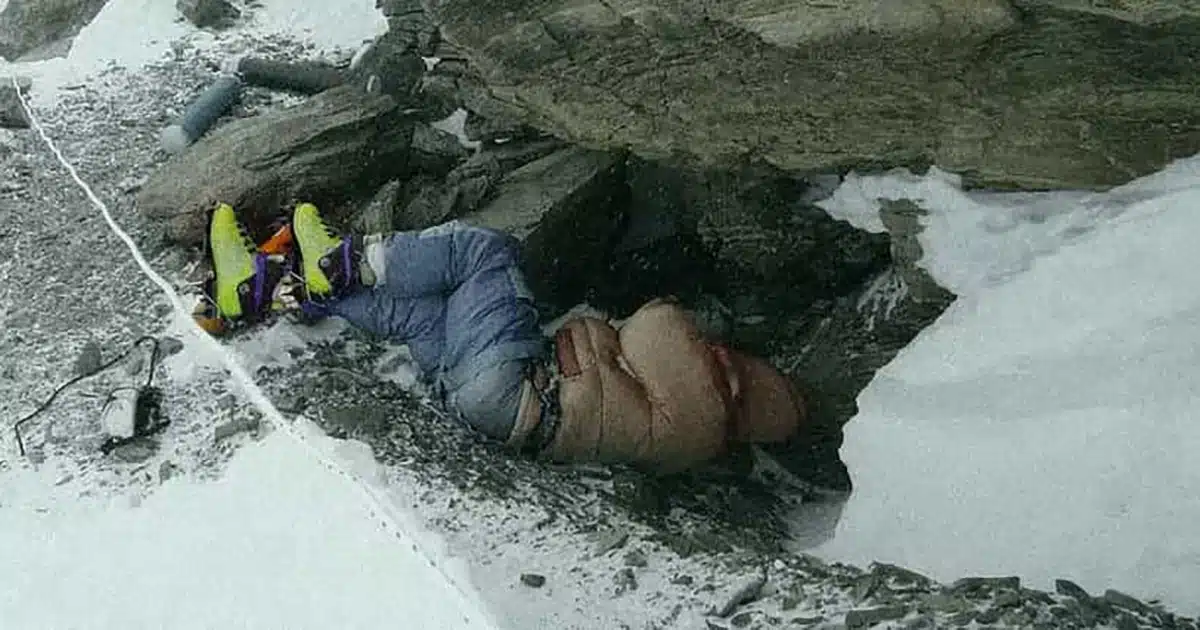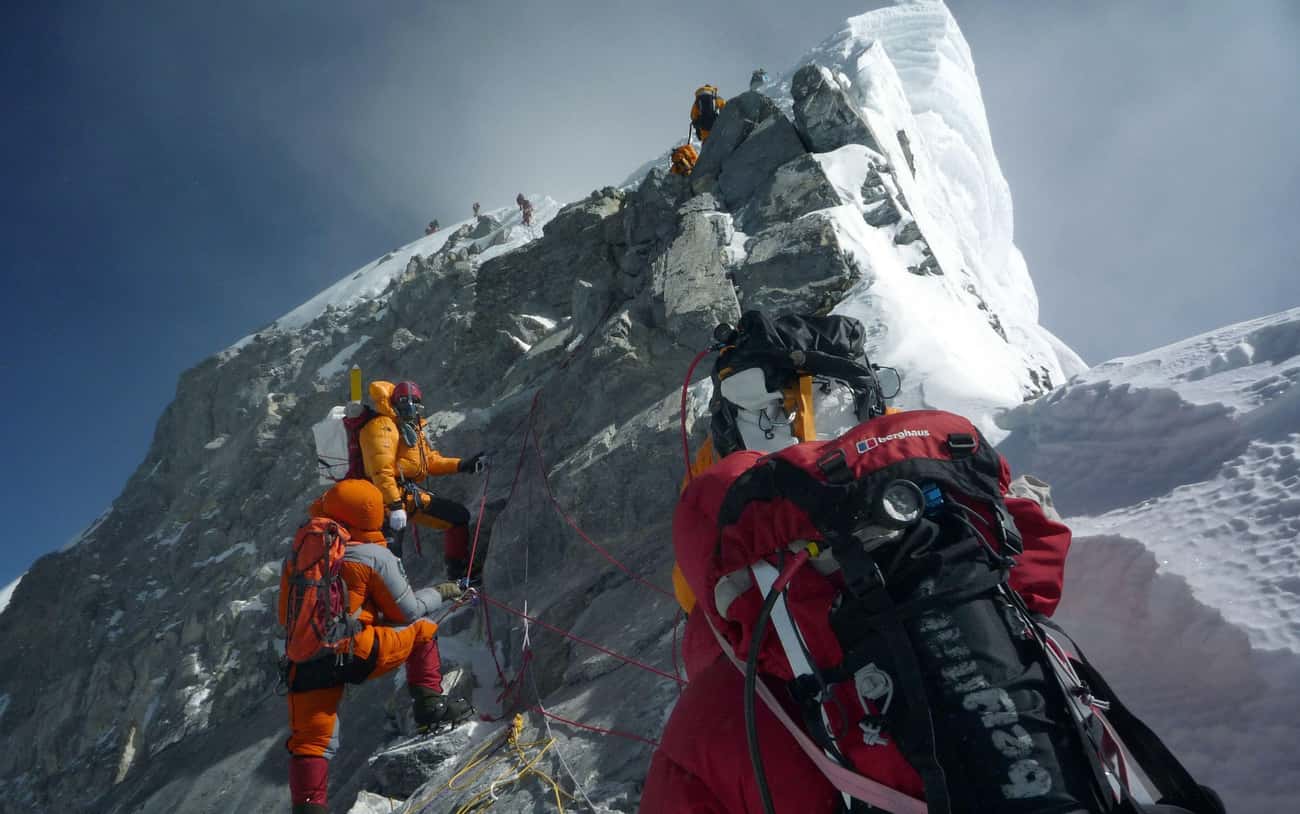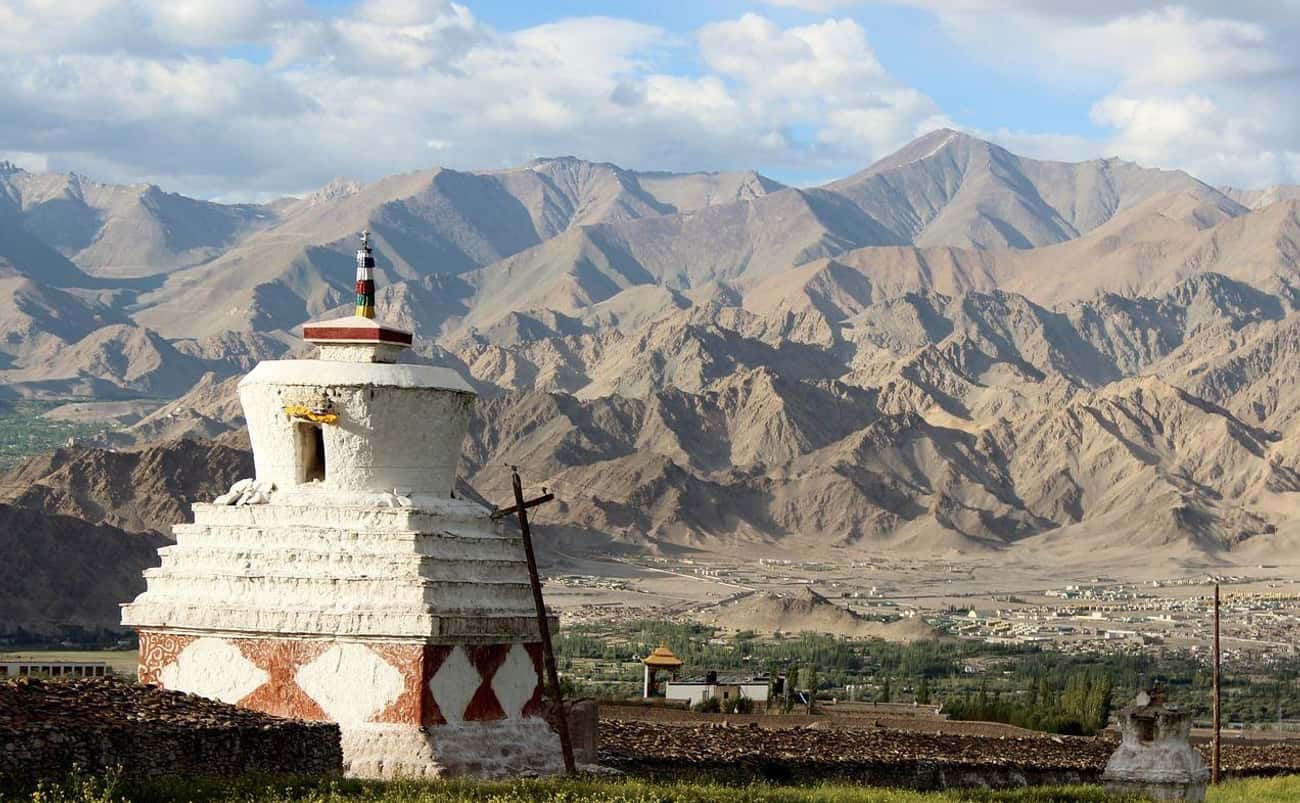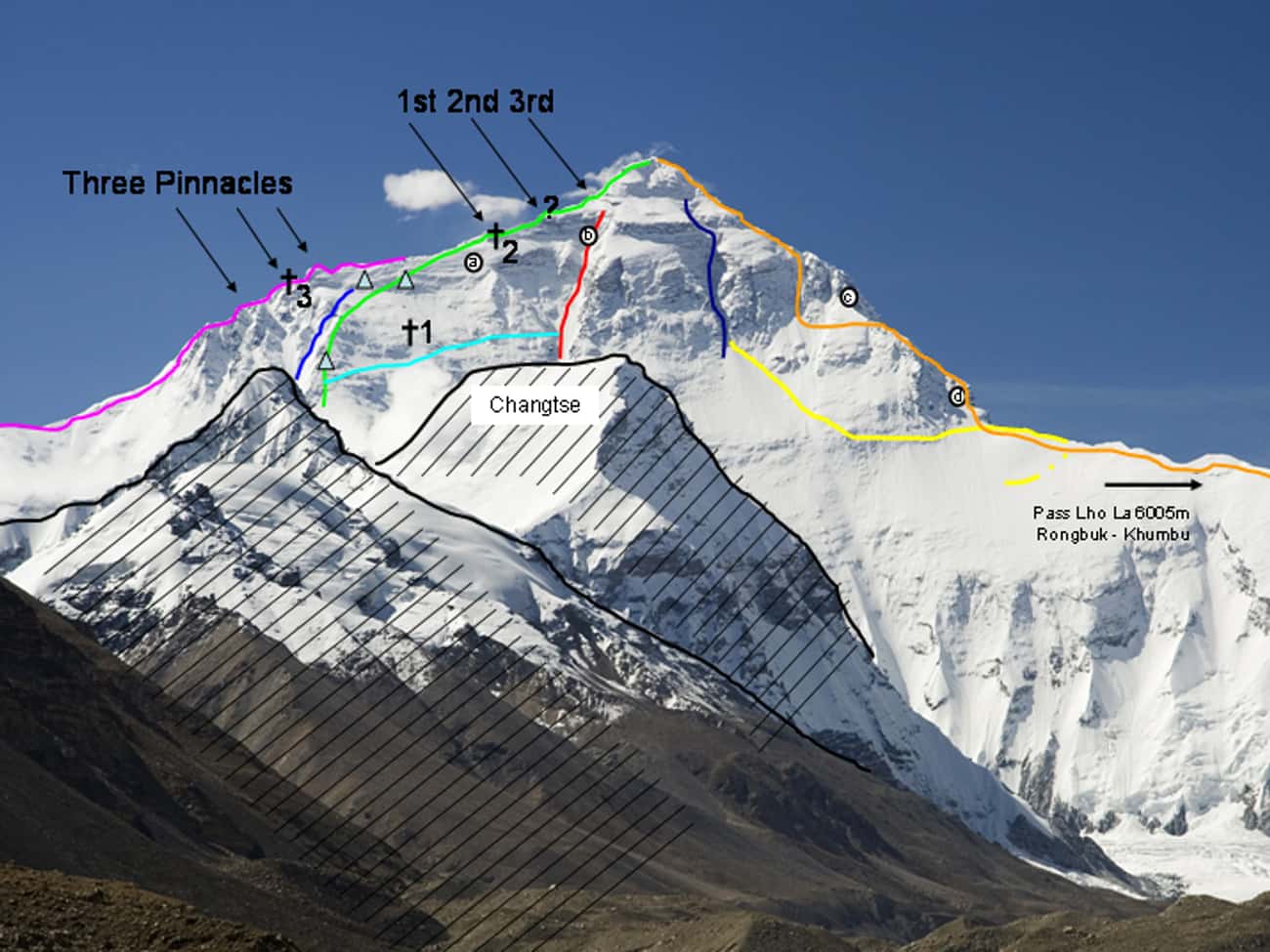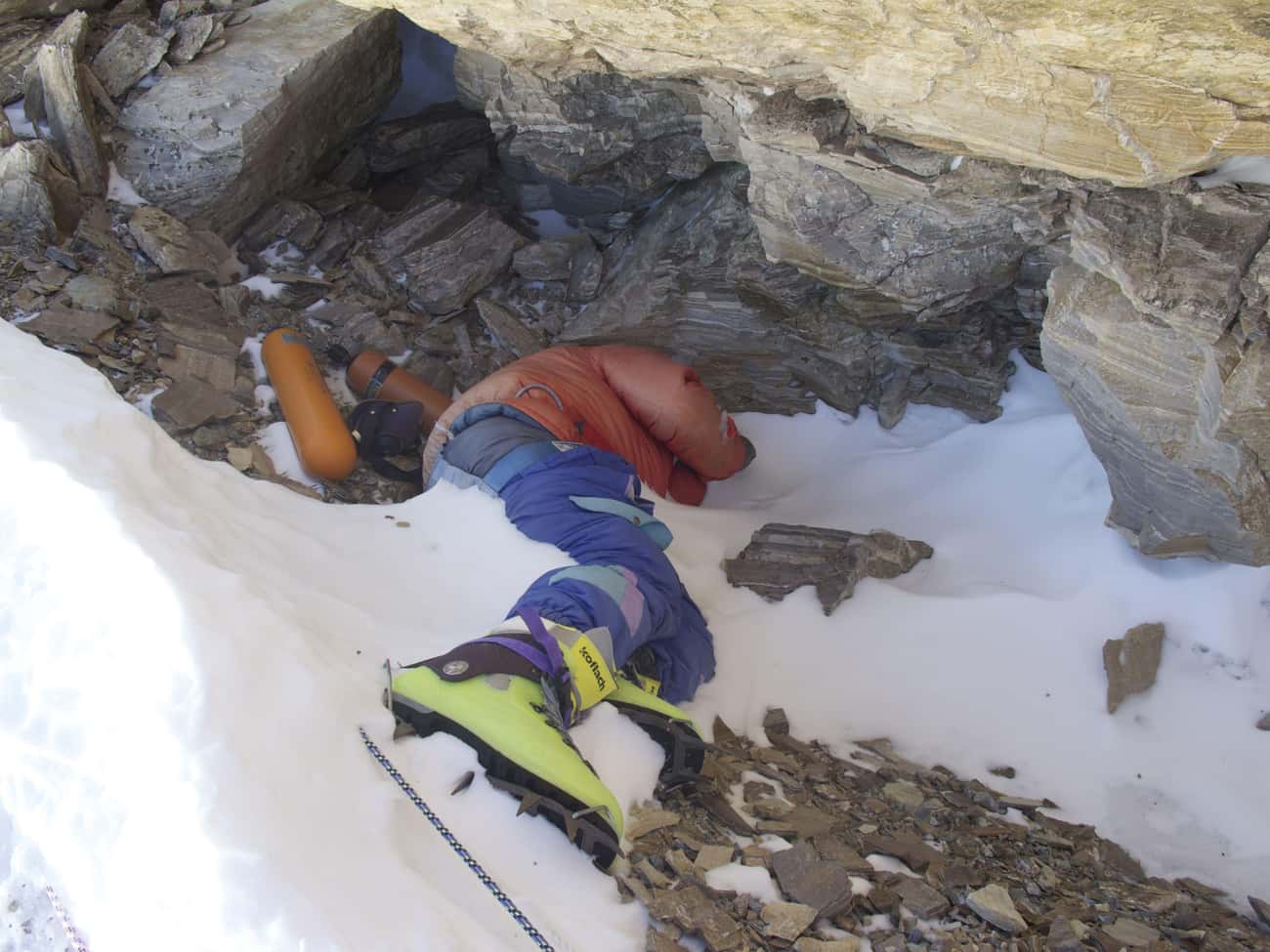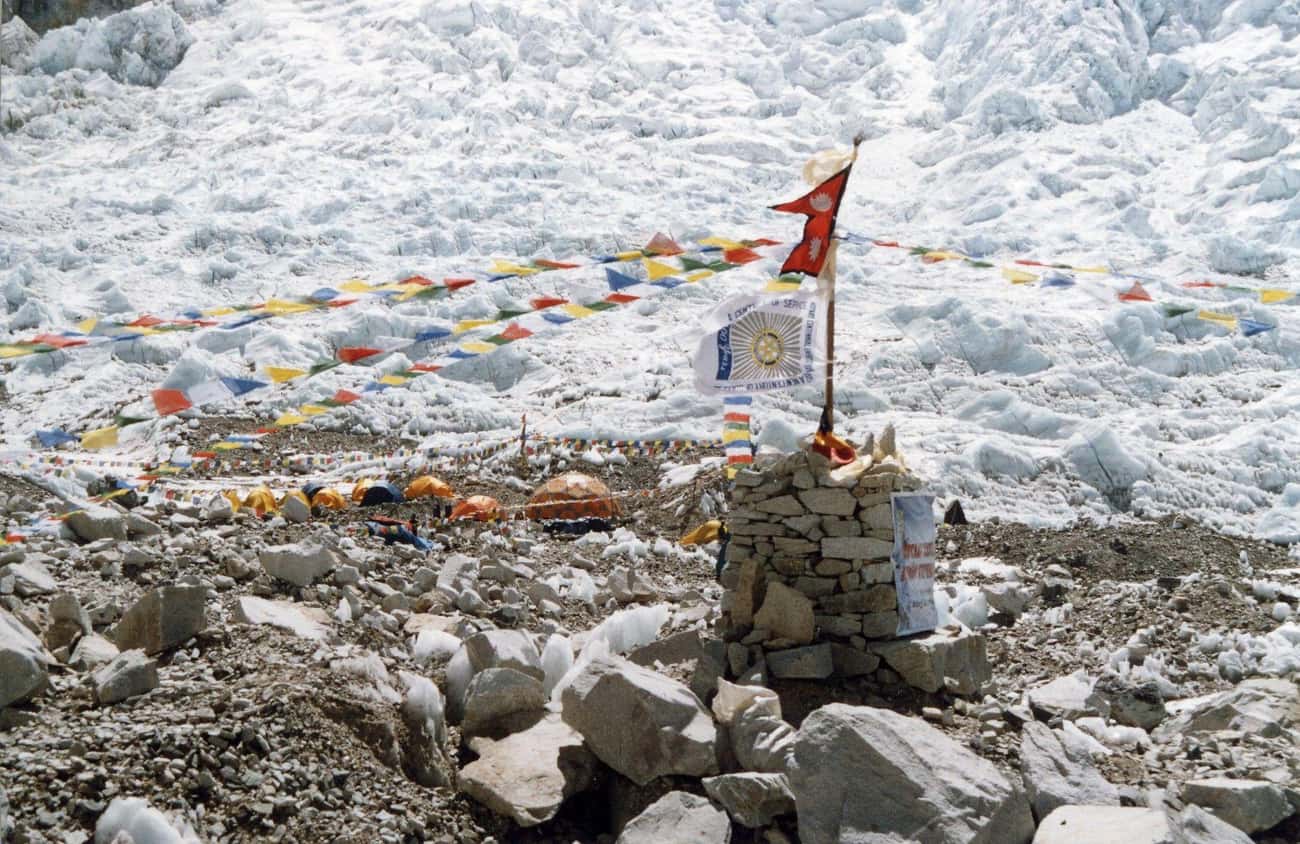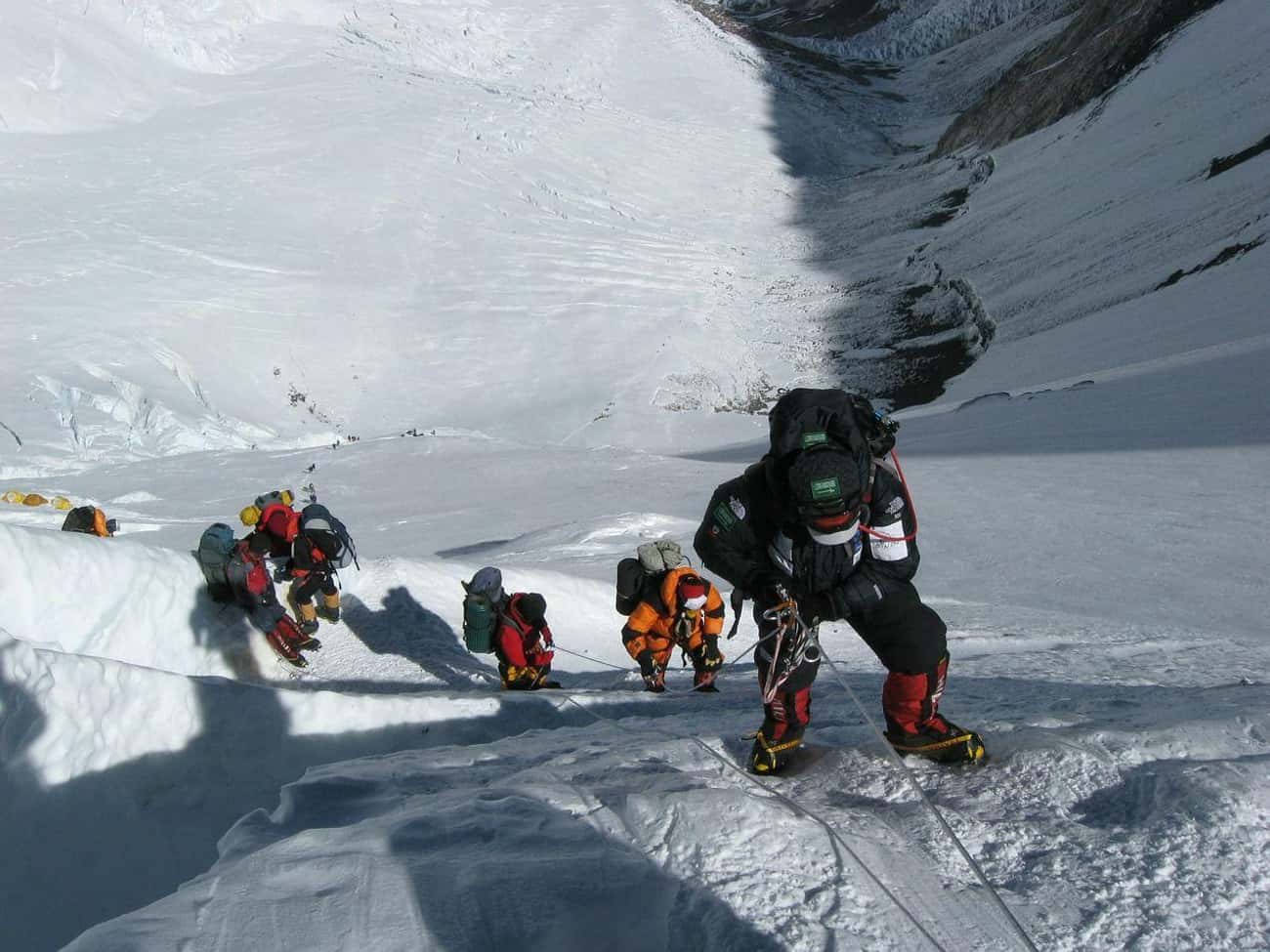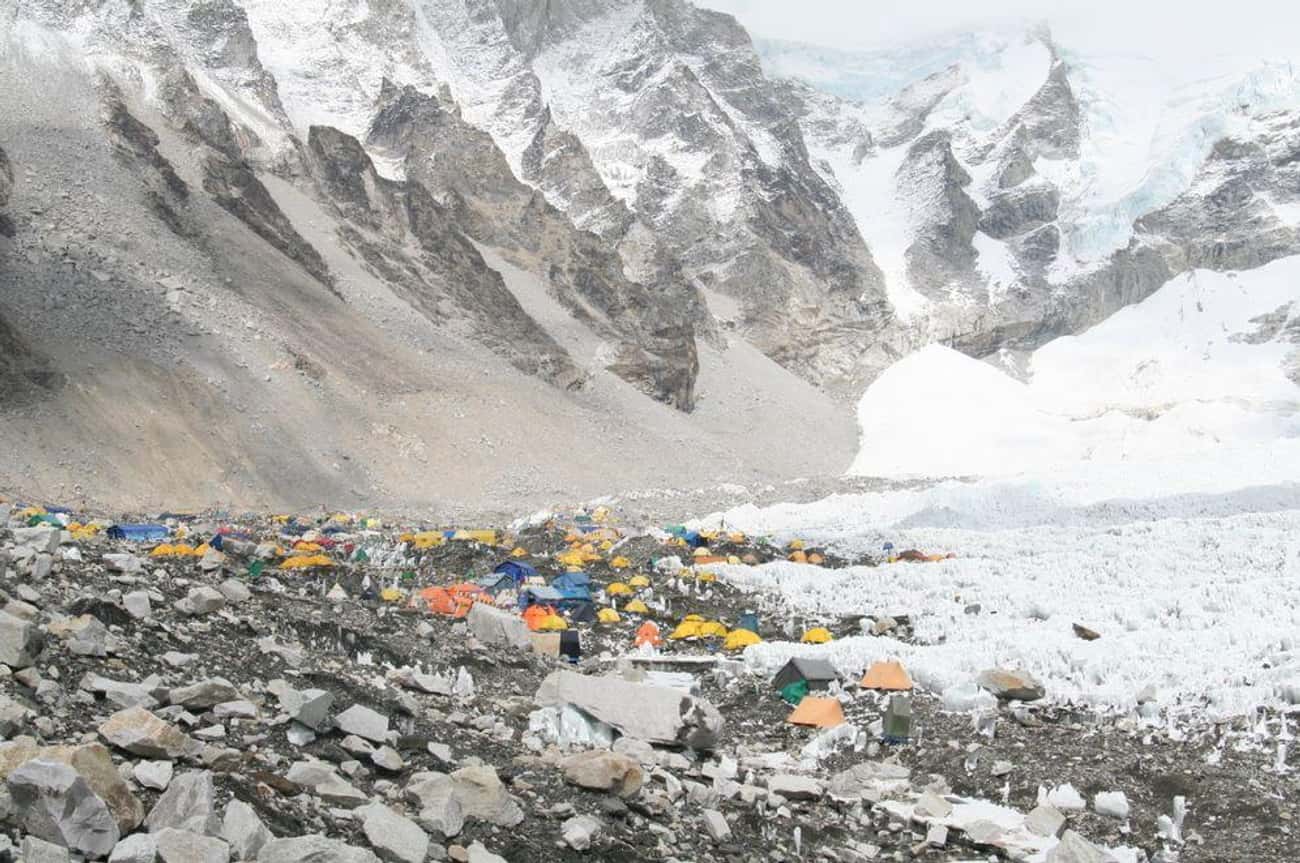As a reporter from the BBC once stated,
When [Mount] Everest takes a life, it also keeps it.
Every year, more climbers die on Everest’s slopes, adding more bodies to the mountain. Hypothermia, exhaustion, lack of oxygen, and falls are all things that can lead to death. Once the bodies are frozen, they stick to the side of the hill and stay there forever. Green Boots, who died on Everest’s deadliest day, is one of the most famous people who reside there. He resides at a place on the mountain where most hikers have to go. Because of this, Green Boots on Everest has become a landmark for people going up the slopes.
Who is Green Boots, though? Not many people know his real story or why he wanted to climb Everest. In reality, people think he is an Indian climber named Tsewang Paljor, who died in the 1996 Everest Disaster. If you ever hike up Mount Everest, keep an eye out for a pair of bright green boots. They might come in handy someday.
He Perished In The Everest Disaster Of 1996
Everest’s history had a sad day on May 10, 1996. When a huge blizzard hit the mountain, it killed eight climbers, including Tsewang Paljor. This was the most people who died in one day on Everest. Several experienced guides died while leading groups of climbers who didn’t know much about mountaineering, like Sandy Pittman, who only got mild frostbite.
Paljor was a part of the Indo-Tibetan Border Police, but only one of the other four officers made it out alive.
He Was Only 28 Years Old When He Lost His Life
Tsewang Paljor stopped going to school after the 10th grade so he could help support his family. Paljor is from a place called Ladakh in the Indian state of Jammu and Kashmir. He grew up around the mountains. Soon after he finished school, he joined the Indo-Tibetan Border Police, or ITBP, which made his family proud. He went on this fatal summit with the ITBP, which took his life when he was only 28 years old.
Debate Still Remains Over The True Identity Of Green Boots
Most people are sure that “Green Boots” is Tsewang Paljor’s body, but the Himalayan Journal says it could be the body of another Border Police climber. Senior Deputy Leader of the team P.M. Das says in his writings that Paljor’s body went missing, so Green Boots could be Lance Naik or Lance Corporal Dorji Murup.
If Green Boots is not Murup’s body, it has never been found. There is no way to know for sure who the body belongs to, which is sad.
He Is A Trail Marker For Other Climbers
From the North side, everyone who wants to reach the top of Everest must pass by Tsewang Paljor’s body. Because of him and his unique boots, he has become a trail marker. He died at 8,500 meters, so climbers know how close they are to the top of the mountain when they see him.
Another Man Perished Next To Him Years Later
David Sharp, a British man who was 34 years old, died in the same cave 20 years and five days after Green Boots. Sharp died of hypothermia while hiking alone in an area called the “Death Zone,” where up to 40 other hikers passed him by. Reports say that many of the other climbers didn’t help him because they thought he was “Green Boots” or thought he had already passed.
When people found out that Sharp needed help, it was already too late. Sharp was moved after a year because his family asked for it.
He Is One of the 280 Climbers Whose Bodies Remain On The Mountain
No one knows for sure how many bodies are still on Mount Everest, but the best guess is just over 280. The records of where the bodies were found show that most Sherpas, who live on the border between Tibet and Nepal, die on the mountain at lower altitudes, while foreigners die closer to the top. The Himalaya Database says that most climbers die either going up or coming down from the summit. Fewer climbers die just at base camp.
Those who die on the mountain follow the old sailors’ custom of staying where they fell, and only a few get nicknames from other climbers.
Green Boots Went Missing For Three Years
Climbers on Everest said that Green Boots had gone missing in 2014. Over the next three years, climbers never saw him or a few of the other bodies that were more obvious. Most people thought the bodies were moved or covered, but there wasn’t enough evidence to say for sure. In 2017, people said they saw Green Boots, but other people said his body is still covered out of respect.
Climbers Have To Step Over His Legs
Green Boots is very easy for other climbers to see because he is so close to the trail. When it snows a lot, his legs actually stick out into the path, so other climbers have to step over him to get by. Some climbers think leaving the bodies of climbers like Green Boots in the way is just sad, but many others think it’s downright rude.
“Green Boots Cave” Is A Popular Resting Spot
Noel Hanna, an experienced mountaineer, says that about 80% of the people who climb to the summit from the north side stop to rest in the small cave where Green Boots lies. He says that it would be hard to stop there and not notice the other person in the cave.
Because the little area is protected from the wind, it is still a popular place for people to sit and catch their breath or eat a snack next to Green Boots.
It Proves Too Expensive And Dangerous To Move Most Bodies
As much as the families of those who died on Mount Everest want their loved ones to come home, it is rarely possible to give them a proper burial. Once the bodies are frozen, it is very hard to move them, and they cause a few problems in terms of logistics. Once they are taken out of the ice, they are not only much heavier, but they also stay where they are.
It takes the work of six to eight Sherpas, who must put their own lives at risk. Getting rid of a body also costs a lot of money, so some families choose to hide the bodies along the trail so that nosy people can’t see them.


